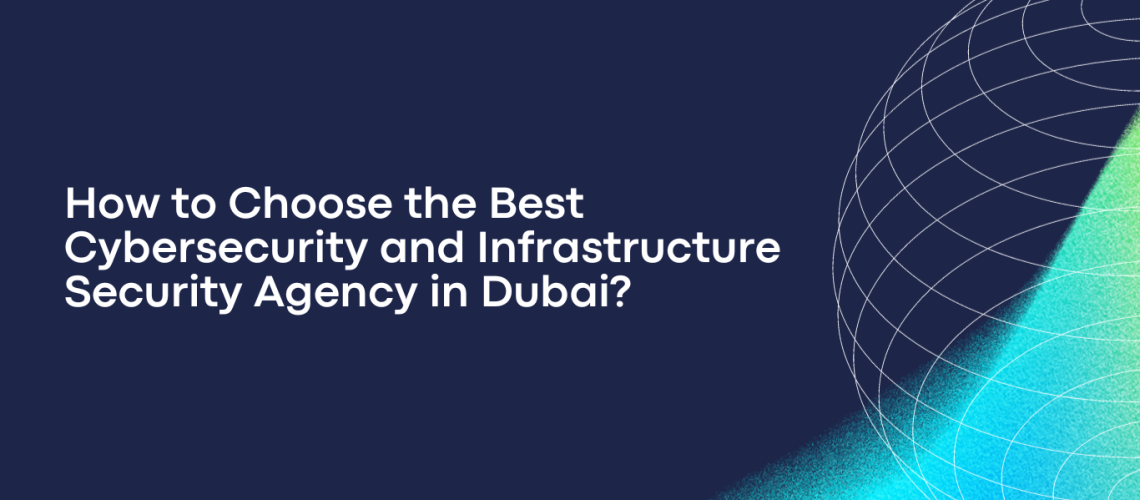In today’s rapidly evolving digital landscape, securing your organization’s IT infrastructure is of paramount importance. With cyber threats becoming increasingly sophisticated, having robust security policies in place is not just a good practice, but a necessity. In this blog post, we will delve into some of the best practices for designing and implementing effective IT infrastructure security policies to safeguard your sensitive data, systems, and networks.
Risk Assessment and Analysis
Before crafting security policies, it’s crucial to conduct a comprehensive risk assessment and analysis. Identify the potential threats and vulnerabilities that your IT infrastructure might face. This assessment will help you prioritize your security efforts and tailor your policies to address the most critical risks.
Clear and Comprehensive Policies
Your security policies should be well-defined, clear, and comprehensive. They should cover all aspects of IT security, including access controls, data encryption, network security, device management, incident response, and more. Make sure that the policies are written in language that is easy to understand, avoiding technical jargon as much as possible.
Access Control and Authentication
Implement strict access controls and authentication mechanisms to ensure that only authorized personnel can access sensitive systems and data. Use strong and multi-factor authentication methods to add an extra layer of security.
Regular Updates and Patch Management
Best practices for it infrastructure security policies : Keep all software, applications, and systems up to date with the latest security patches. Regularly review and update your policies to reflect changes in technology and emerging threats. Outdated software can become a gateway for attackers, so staying current is essential.
Data Encryption
Encrypt sensitive data both in transit and at rest. Encryption provides an additional layer of protection even if unauthorized parties gain access to the data. Use strong encryption algorithms and key management practices to ensure the security of your data.
Employee Training and Awareness
Your security policies are only effective if your employees are aware of and adhere to them. Conduct regular training sessions to educate your staff about security best practices, common threats like phishing, and the importance of following the established policies.
Regular Audits and Assessments
Conduct regular security audits and assessments to evaluate the effectiveness of your policies. This will help you identify any gaps or areas that need improvement. Consider involving third-party security experts for unbiased evaluations.
Incident Response Plan
Create a well-defined incident response plan that outlines the steps to take in case of a security breach. This plan should include procedures for containing the breach, mitigating its impact, communicating with stakeholders, and learning from the incident to prevent future occurrences.
Mobile Device Management
With the proliferation of mobile devices, it’s crucial to have policies in place for managing and securing them. Implement Mobile Device Management (MDM) solutions to enforce security controls on employee-owned and company-owned devices.
Backup and Recovery
Regularly back up your critical data and systems and test the restoration process. This ensures that you can recover from a security incident or data loss with minimal disruption.
Conclusion
Effective and best practices for it infrastructure security policies are the foundation of a strong cybersecurity posture. By implementing these best practices, your organization can significantly reduce the risk of cyber threats and maintain the integrity and confidentiality of sensitive information. Remember that cybersecurity is an ongoing effort that requires continuous monitoring, adaptation, and improvement to stay ahead of emerging threats. Contact us at Green Edge Computers to know more.
FAQs related to Practices for IT Infrastructure Security Policies
1. What are IT infrastructure security policies?
IT infrastructure security policies are a set of guidelines, rules, and practices designed to protect an organization’s technology resources, data, and systems from potential threats and vulnerabilities.
2. Why are IT infrastructure security policies important?
IT infrastructure security policies are crucial for maintaining the confidentiality, integrity, and availability of sensitive data and systems. They help mitigate risks, prevent unauthorized access, and ensure compliance with industry regulations.
3. What should be included in an IT infrastructure security policy?
An IT infrastructure security policy should include details about access controls, data encryption, network security, incident response procedures, employee training, remote work guidelines, software updates, and more.
4. How do IT security policies impact compliance?
Effective IT security policies help organizations comply with industry regulations (like GDPR, HIPAA, etc.) by outlining security measures that protect sensitive data and systems. This compliance can prevent legal and financial repercussions.
5. How often should IT infrastructure security policies be reviewed?
IT security policies should be regularly reviewed and updated to account for emerging threats, changes in technology, and updates in industry regulations. An annual review is often recommended, but the frequency may vary based on organizational needs.
6. How can employees be trained to follow IT security policies?
Employee training is essential. Conduct regular security awareness programs to educate employees about best practices, social engineering threats, password management, and how to handle sensitive data.
7. What is the role of management in enforcing these policies?
Management plays a critical role in setting the tone for security culture. They need to lead by example, allocate resources for security measures, and ensure that policies are consistently enforced throughout the organization.
8. How do IT security policies address remote work scenarios?
Remote work policies should cover secure access to company resources, guidelines for using personal devices, secure communication practices, and the use of virtual private networks (VPNs) to protect data transmitted over public networks.
9. How can vendors and third-party partners align with these policies?
Vendors and third-party partners should be required to adhere to your organization’s security policies to ensure that their practices align with your security standards. This can be addressed through contractual agreements and regular security assessments.



